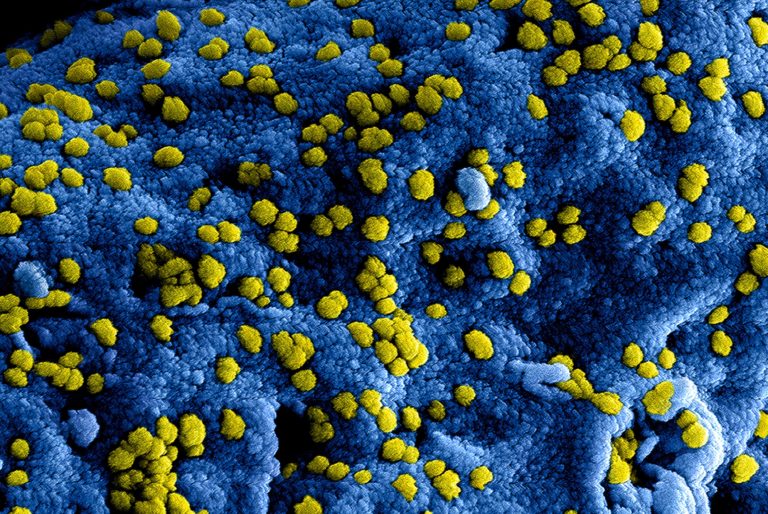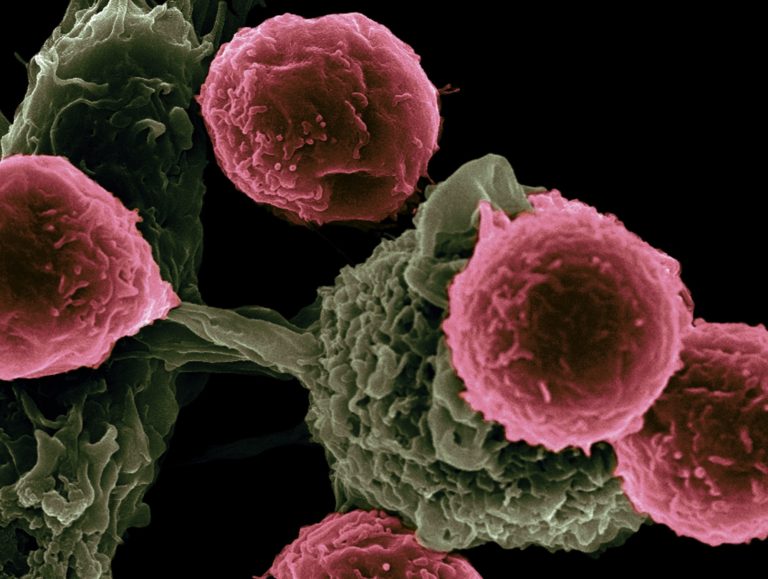February 24, 2022: “Bayer announced the initiation of the CONFIDENCE study, a Phase II, three-arm study that will investigate simultaneous initial combination therapy with finerenone and the SGLT2 inhibitor empagliflozin, compared with finerenone alone and empagliflozin alone respectively in patients with chronic kidney disease (CKD) and type 2 diabetes (T2D).
The primary objective of the study is to demonstrate that the simultaneous initiation and combined use of finerenone and empagliflozin is superior to either empagliflozin alone, or finerenone alone, in reducing urine albumin-to-creatinine ratio (UACR).
The primary outcome is the relative change from baseline in UACR at 180 days in the combination therapy group vs the monotherapy groups.
“UACR is an important predictor of long-term renal and cardiovascular outcomes in chronic kidney disease and type 2 diabetes patients, with elevated levels indicating worsening kidney damage.
In a post-hoc analysis of the FIDELIO-DKD study, finerenone indicated a reduction in UACR levels with or without an SGLT2 inhibitor at baseline.
An efficient intervention assessed by UACR reduction may provide long-term benefits for patients,” said Rajiv Agarwal, MD, Professor of Medicine, Indiana University School of Medicine and VA Medical Centre, Indianapolis, USA and Chair of the study’s Steering Committee.
“If successful, the results of the CONFIDENCE study could be of great significance to clinicians when considering how to optimize disease management and further delay kidney disease progression, while also providing additional insights into the safety of using these treatments in combination.”
Finerenone, a non-steroidal, selective mineralocorticoid receptor (MR) antagonist, has been investigated in a broad population of patients with stages 1-4 CKD and type 2 diabetes (T2D) across two completed and published Phase III studies: FIDELIO-DKD and FIGARO-DKD evaluated the effects of finerenone versus placebo on top of standard of care on both renal and cardiovascular outcomes in patients with CKD and T2D.
The initiation of the Phase II CONFIDENCE study (COmbinatioN effect of FInerenone anDEmpaglifloziN in participants with CKD and T2D using an UACR Endpoint study) builds on the robust Phase III results with finerenone.
“Despite treatment with standard of care, the residual risk for cardiorenal events remains high in patients living with chronic kidney disease and type 2 diabetes.
There is a high unmet need for treatments that can reduce the extensive burden associated with the progression of kidney disease and the connected risk of cardiovascular events,” said Dr. Michael Devoy, Chief Medical Officer and Head of Medical Affairs and Pharmacovigilance at Bayer’s Pharmaceuticals Division.
“We expect the CONFIDENCE study to extend our clinical insights on finerenone and hope to be able to provide evidence on the potential additive cardiovascular and renal benefits of combination therapy with finerenone and an SGLT2 inhibitor.”
The Phase II CONFIDENCE study will investigate finerenone plus empagliflozin compared with either finerenone or empagliflozin alone in about 870 patients with CKD and T2D.
Patients will be randomized in a 1:1:1 ratio stratified by estimated glomerular filtration rate (eGFR) and UACR at screening and will receive either finerenone (10 or 20 mg once daily) and empagliflozin (10 mg), finerenone (10 or 20 mg) and matching placebo to empagliflozin, or empagliflozin (10 mg) and matching placebo to finerenone.
Based on the positive results of the FIDELIO-DKD Phase III study, finerenone was granted marketing authorization in the European Union and was approved by the U.S. FDA under the brand name Kerendia®.
Finerenone has also been submitted for marketing authorization in multiple other countries worldwide and these applications are currently under review.
About Kerendia®
Kerendia® (finerenone) is a non-steroidal, selective mineralocorticoid receptor (MR) antagonist that in preclinical studies has been shown to block harmful effects of MR overactivation.
MR overactivation is thought to contribute to CKD progression and cardiovascular damage which can be driven by metabolic, hemodynamic, or inflammatory and fibrotic factors.
The Phase III study program with finerenone, FINEOVATE, currently comprises five Phase III studies, FIDELIO-DKD, FIGARO-DKD, FINEARTS-HF, FIND-CKD, and FIONA.
Having randomized more than 13,000 patients with CKD and T2D around the world, the Phase III program with finerenone in CKD and T2D comprises two completed and published studies, evaluating the effect of finerenone versus placebo on top of standard of care on both renal and cardiovascular outcomes.
FIDELIO-DKD (FInerenone in reducing kiDnEy faiLure and dIsease prOgression in Diabetic Kidney Disease) investigated the efficacy and safety of finerenone in comparison to placebo in addition to standard of care on the reduction of kidney failure and kidney disease progression in approximately 5,700 patients with CKD and T2D.
FIGARO-DKD (FInerenone in reducinG cArdiovascular moRtality and mOrbidity in Diabetic Kidney Disease) investigated the efficacy and safety of finerenone versus placebo in addition to standard of care on the reduction of cardiovascular morbidity and mortality in approximately 7,400 patients with CKD and T2D.
FIDELITY (FInerenone in chronic kiDney diseasE and type 2 diabetes: Combined FIDELIO-DKD and FIGARO-DKD Trial programme analYsis), including the FIDELIO-DKD and FIGARO-DKD studies, comprises the largest Phase III cardiorenal outcomes clinical trial programme to evaluate the occurrence of progression of kidney disease as well as fatal and nonfatal CV events in >13,000 patients with CKD and T2D.
The prespecified FIDELITY pooled analysis investigated the efficacy and safety of finerenone across the spectrum of patients with CKD in T2D and provided insights into the relationship between CKD stage (based on baseline Kidney Disease: Improving Global Outcomes risk categories) and the effects of finerenone on composite cardiovascular and kidney-specific endpoints.
In November 2021, Bayer announced the initiation of FIONA, a multicenter, randomized, double-blind, placebo-controlled Phase III study, to investigate the efficacy, safety, and pharmacokinetics/pharmacodynamics (PK/PD) of finerenone, in addition to standard of care, in approximately 200 pediatric patients with chronic kidney disease (CKD) and severely increased proteinuria.
In September 2021, Bayer announced the initiation of the Phase III study FIND-CKD, a multicenter, randomized, double-blind, placebo-controlled Phase III study to investigate the efficacy and safety of finerenone in addition to guideline-directed therapy on the progression of chronic kidney disease (CKD) in more than 1,500 patients with non-diabetic chronic kidney disease etiologies, including hypertension and chronic glomerulonephritis (inflammation of the kidneys).
In June 2020, Bayer announced the initiation of the FINEARTS-HF study, a multicenter, randomized, double-blind, placebo-controlled Phase III study which will investigate finerenone compared to placebo in more than 5,500 patients with symptomatic heart failure (New York Heart Association class II-IV) with preserved ejection fraction, i.e., a left ventricular ejection fraction of ≥40%.
The primary objective of the study is to demonstrate superiority of finerenone over placebo in reducing the rate of the composite endpoint of cardiovascular death and total (first and recurrent) heart failure (HF) events (defined as hospitalizations for HF or urgent HF visits).”
https://media.bayer.com/baynews/baynews.nsf/id/Bayer-extends-clinical-development-program-finerenone-Phase-II-study-investigating-initial?OpenDocument&sessionID=1645685487









